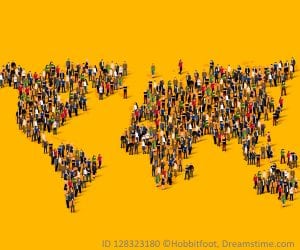Since the end of WWII, the GDP (gross domestic product) has been the definitive measurement of a country’s economic growth and welfare. However, Roberta Costanza illustrates the limitations of the GDP in his recent article in Nature, entitled “Development: How to leave the GDP behind.” Costanza notes that GDP only measures market transactions; it does not take into account economic inequality or the environmental externalities caused by market activities. In other words, a country with a strong GDP can have a large income gap (like the United States) or may be depleting its natural resources at an unsustainable rate. Costanza is one of many economists and scholars who are advocating for improved measurements for economic and social welfare that take these social and environmental costs into account.
Here is an example of the limitations of the GDP: logging an old-growth forest produces economic benefits, yet it comes at a loss of environmental services such as carbon sequestration and watershed management. GDP, however, does not factor in these costs, only showing the positive effects on the economy from logging activity. A more holistic measurement would weigh the economic growth achieved by logging with the loss of natural capital and environmental services.
Costanza offers examples of what an improved measurement for economic and social welfare could look like. One is the GPI (genuine progress indicator) which adjusts consumer expenditure (a component of GDP) based on various welfare indicators, from things like income distribution to pollution to crime. The GPI therefore measures overall quality of life rather than just economic progress. It offers an avenue towards sustainable development, where the needs of individuals and their environment are not lost in the work towards a developed economy.
Developing countries that have managed to control their fertility rates put less strain on environmental and social resources and therefore experience improved economic growth. You can introduce your students to these and other related themes through our Earth Matters curriculum. Do you have any favorite resources that you’d like to share with us on sustainable economics? Feel free to email us with your thoughts.



